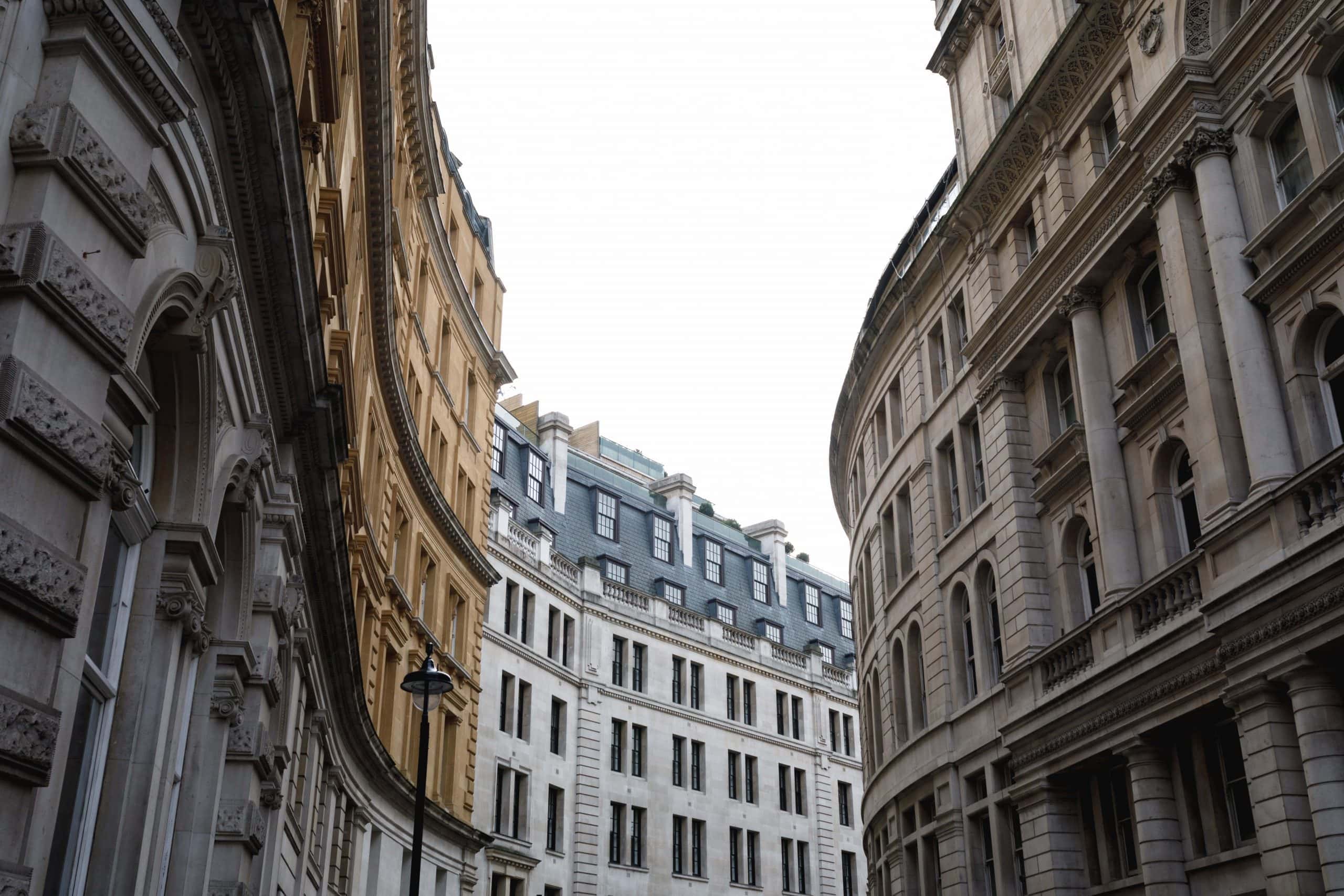

Due to its rapid expansion and great wealth at the time, London’s predominant architecture is Victorian. And so, alongside places like New York, Paris and Barcelona, it is usually categorised as a great 19th century city, even though it would seem to lack the two things that characterise those other metropolises, namely: evidence of large-scale urban planning and a single definitive vernacular style.
Sure, there’s the Beaux Arts curvature of the West End, and the famous London townhouse, but both appear derivative and parochial when compared with the ubiquity or scale of Brooklyn’s brownstones, Hausmann’s Parisian boulevards or Cerdà’s Eixample manzanas, all of which offer up a heady mix of grand architectural scope and vision. This is probably the reason it loses out when aesthetic judgements are made.
…but both appear derivative and parochial when compared with the ubiquity or scale of Brooklyn’s brownstones…
I’ve been thinking about the way London looks a lot recently. One of my favourite things to do when abroad is walk aimlessly around a city or town in the early evening, through quiet residential streets and across busy thoroughfares, observing the admixture of built environment and human life that gives a place its essence.
But I usually find this hard to do at home because of an inability to embark on a walk with no fixed destination or to look objectively at somewhere I know so well.

Lockdown has allowed me ample time to do the former and, as a result, achieve the latter. It’s a shame it has taken the absence of people for me to fall back in love with the city. But, with less to distract it at street level, my gaze has drifted upwards, to the windows, gables and cornicing of the houses near where I live in the west of town.
What strikes one at first is not the paucity of a predominant style but rather the huge variety and wealth of them – even within the space of a few streets, you might see the archetypal London townhouse imagined in a dozen different ways.
It’s a shame it has taken the absence of people for me to fall back in love with the city
This is largely to do with the fact that the Victorian city was not designed and built by one outstanding visionary but rather thousands of different architects and private developers speculating on its growth and rising prosperity. Their primary motivation was financial profit, but they still wanted the urban space to be beautiful, in their own particular way.
When you look closer at the city’s 19th century houses, mansion blocks and villas, you begin to notice the idiosyncratic architectural flourishes: the floral gable spires; cheeky cherubs carved into cornicing; ornate doorframes.

The obvious detail and care that went into creating these buildings makes London’s 21st century attempts appear even blander than they might otherwise – surely future generations will look back (or up) at the plasticky battlements of the city’s Noughties and Teenies newbuilds and curse all that aesthetic nihilism.
I believe, as with most art, that in architecture style is intrinsic to perception. This doesn’t mean that every building must simply be beautiful, the definition of which is wide open to interpretation, but that it should be judged on what it looks like, whether or not it complements its surroundings and how functional it is. If this is to be the checklist, then I think London’s Victorian houses tick all the boxes.
If this is to be the checklist, then I think London’s Victorian houses tick all the boxes
And yet, something’s missing that would’ve enhanced their early years, something metaphysical. Despite its obvious beauty, London’s 19th century property has become divorced from reality and cut off from its citizens due to its astronomical price, which renders it at once inaccessible and, at the same time, unheimlich.
Unheimlich is a word coined by Freud to describe when something ordinary becomes the opposite – in my lifetime, London houses have been silently yet violently transformed from homes into assets.

Perhaps their being unattainable enhances my appreciation and piques my voyeurism. But houses were built first and foremost to be lived in and their increasing emptiness in affluent parts of the city provokes feelings of anger and sorrow. On my recent ramblings, I’ve had cause to reflect on all of this and wonder whether, after years of empty promises and political obfuscation, lockdown might be the thing to finally solve London’s housing crisis.
There’s nothing like being confined to a space to make you reappraise its essential qualities. Moreover, if intermittent quarantines become the ‘new normal’, the importance of a comfortable and safe place in which to endure them will be thrown into ever sharper relief – notwithstanding the necessity of universal compliance in order to prevent a virus from spreading.
The city’s planners seem to have lost their way – maybe this time spent indoors can help them get back on the straight and narrow
Of course, adequate, affordable housing should always be considered a right, not a privilege. When London’s Victorian houses were built, their mortar was strengthened by a newfound civic pride made manifest through a desire to improve the living conditions of individuals for the benefit of all – this enhances their beauty, at least to my eyes.
In the past century or so, the city’s planners seem to have lost their way, maybe this time spent indoors can help them get back on the straight and narrow. Let’s start by building lots of new, affordable, lovely looking houses. Why not, ey?


